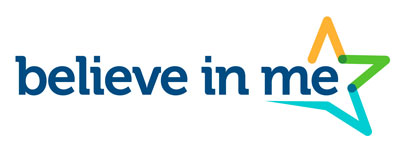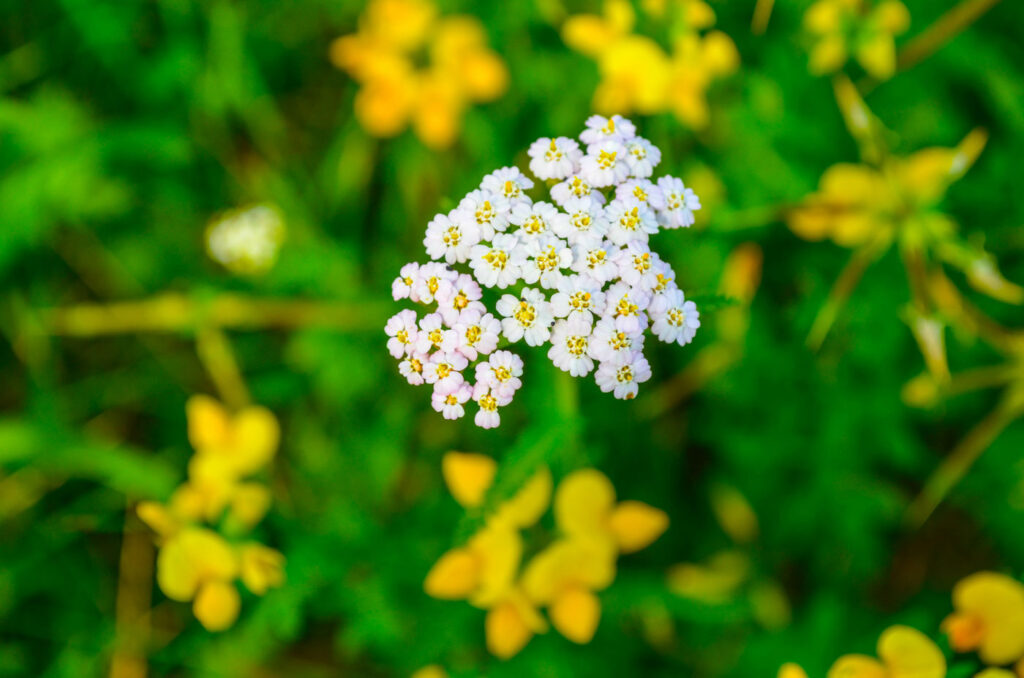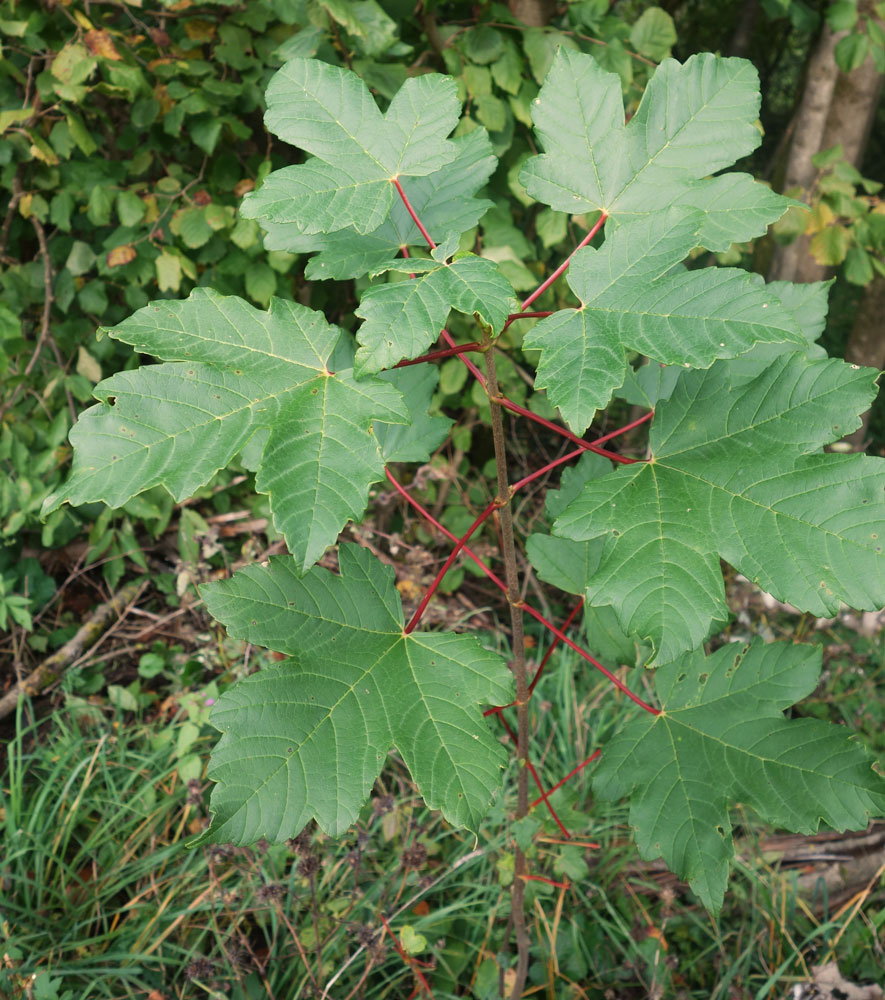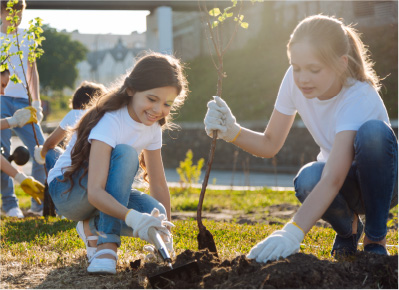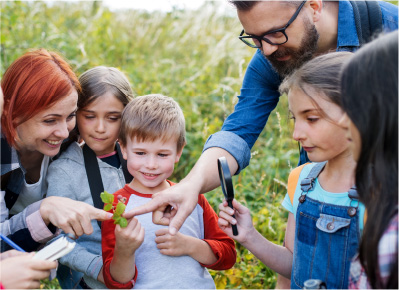One day in 1964 Tom Rogers, a local high school biology teacher, had a big idea. Why not preserve the stretch of hills west of where he was teaching? He said, “I realized the possibilities of the hills for recreation of the wild area type.”
Over the next four years, Rogers worked to create an international conservation non-profit. The result was the Dishman Hills Nature Association. It would become Washington State’s oldest non-profit conservation organization. The organization would work to conserve what became the Dishman Hills Natural Area.
The Dishman Hills Nature Association is now known as the Dishman Hills Conservancy. Yet, its mission statement has not changed. At the heart of the Dishman Hills Conservancy’s mission (DHC) is conservation, stewardship, and education of the great outdoors.
The History of Conservation Education in Spokane: What You Need to Know
The DHC helps visitors learn about the great outdoors in several ways. I sat down with Rick Severn, the Director and Education Chair of the Conservancy, to find out more. Before, Severn was an elementary school teacher. He desired a way for students to apply classroom learning to nature. Back then, there was little to no environmental education in Spokane. The only option was a long bus ride to the Turnbull Wildlife Refuge. In 1994, Severn discovered the Dishman Hills Natural Area. He began bringing students there for field experiences and to teach conservation and stewardship.
In 1995, Severn and his students began to conduct all-day field studies. These studies were active explorations of the natural world. Students’ hands and minds were on. Unlike a staff-led field trip, kids took initiative. These field studies promoted the use of what the students were learning in school. They needed to read to gather more information on what they observed. The students used math to count and compare plant populations. They used writing to communicate their findings.
Severn retired in 2016. Afterwards, he volunteered to become the chair of the DHC education committee. This included running the existing Kids in the Hills program. This outdoor program served 4th-6th grade students from Title One schools. It gave them a day filled with geology, forest ecology, pond ecology, and wildlife biology. Believe In Me: foundation for kids gave the DHC a grant in 2018. The grant allowed Severn to visit classrooms before and after their field experiences.
Another grant in 2019 enabled the Kids in the Hills program to expand. The DHC created a new program for individual 3rd and 4th-grade classrooms. It consisted of shorter days in the Hills packed with more exploration opportunities.
How to Find the Best Online Conservation Videos and Activities for Kids
The 2020 COVID-19 pandemic brought Kids in the Hills to a halt. Parents and teachers began asking for ways to continue their kids’ outdoor learning. Outdoor education would have to find another way to teach for the foreseeable future. Severn and his small committee participated in several national conversations on the problem. Then, they started work on the Nature At Home Series.
In May and June, the DHC produced topic-specific videos set in Dishman Hills Natural Area. A Kids Flyer was then created for each video. Each flyer contains activities to do anywhere. They consist of simple, one-page instructions using everyday household items. Spokane Public Schools gave each student a laptop and allowed them to keep it over the summer. So, the content should be accessible. Severn made sure each activity relates to Washington State’s science education standards. He recognizes that the sudden switch to online teaching has burdened many teachers. Severn wants to make the transition easier. These fun activities help kids stay motivated.
These activities aid students’ social and emotional development. The DHC provides scaffolded tools and basic ways to investigate and record nature. This enables kids to approach nature from where they are. The DHC values students’ insights and questions. The kids flyers assist them to make sense of their observations. Kids grow when they apply their knowledge to real-life and use it to express themselves.
If You Don’t Think the Great Outdoors is the Best Teacher, Think Again
With standardized testing focusing primarily on reading, writing, and math, science and conservation has taken a backseat in the classroom. At-risk youth experience the least science education. Their teachers are scrambling to get their writing, reading, and math scores up. Nonetheless, learning about science and the environment is essential. It raises a generation that will care more for the earth and work to reduce climate change.
Teachers from Spokane Public Schools cannot sing the praises of outdoor education enough. Klay McPeek is a fifth-grade teacher at Lincoln Heights Elementary. He wrote of Severn’s 2019 visit, “I can’t put into words how happy and energetic our kids were during our visit. They lit up during each part of the field trip and engaged in ways that they usually do not in the classroom.”
Severn also led Bosse through some of the Be At Home in Nature Series activities on a post-interview walk. We ran into a family with young children doing research on the outdoors. This speaks to the fact that there continues to be a real need for outdoor education tools. The DHC is working hard to develop them.
How Believe In Me Helps the Great Outdoors be the Best Classroom
Yet, the DHC’s efforts are being threatened by financial struggle as a result of COVID-19. Severn said, “we could not have done so much in so little time without [Believe In Me], period.” The DHC’s goal is to reach as many kids as possible, both in and beyond Spokane. The DHC wishes to position itself as a leader in making this content accessible to all kids. The ongoing support of Believe In Me is making these dreams a reality.
Believe In Me: foundation for kids believes there is something magical about creating art, playing music, and exploring outside. These activities take kids to another place and provide them opportunities to use their imagination and see a new world full of possibility. Positive play environments, getting outdoors, and learning to enjoy the arts allow the whole child to be spontaneous, exhibit their resilience, and find the enchantment to spin up their own dreams and play out their instinctive nature. Believe In Me values these important components in the development of our community’s kids. We support the Dishman Hills Conservancy and their conservancy programs that nurture curiosity, wonder and creativity in kids through science and outdoor exploration.
What You Can Do to Help Kids Learn From the Great Outdoors
The bottom line is that kids belong in nature. It is an incredible resource for learning, engagement, and health. Nature should be available to all. Nationally, the pandemic caused 11 million kids to miss out on outdoor education by December 2020. Students of color and those from low-income households felt this loss the most. December 2020 brought the end of one-third of our nation’s outdoor education programs. Thus, a critical aspect of education infrastructure in the U.S. is gone. You may be wondering how you can help provide these learning opportunities for disadvantaged youth.
The DHC and Believe In Me foundation have a common mission. Both dedicate themselves to serving the underserved and helping kids succeed. Help us be a part of the change today. Consider these options to support teachers, parents, and kids adjusting to distance learning.
